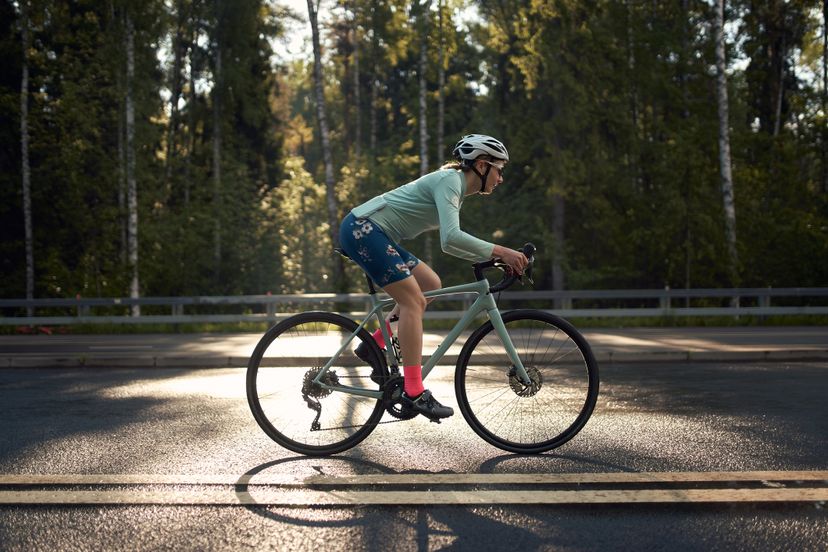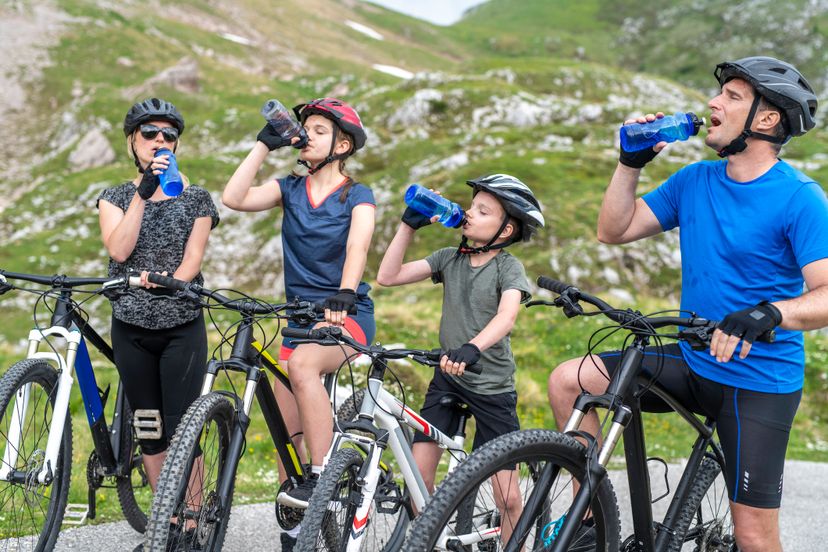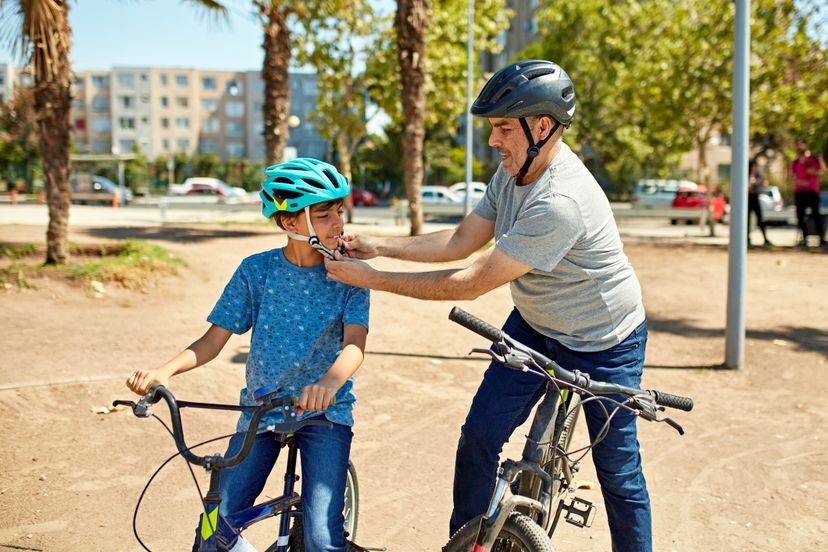
There are many reasons to consider traveling by bike. It's good for the body and mind, bikes are better for the environment and you get to see the world at your own pace. In addition, you'll save money that would otherwise have been spent on gasoline.
Cities like New York are becoming friendlier to cyclists by adding dedicated bike lanes that ensure a safer ride. In fact, with all the advances in bike technology and the growing popularity of cycling, there hasn't been a better time to hop on a bike and see the sights. But keep in mind that risks abound -- there are some things you need to consider before you saddle up and pedal off into the sunset.
Advertisement
Read on for five great tips for traveling the cyclist's way.




